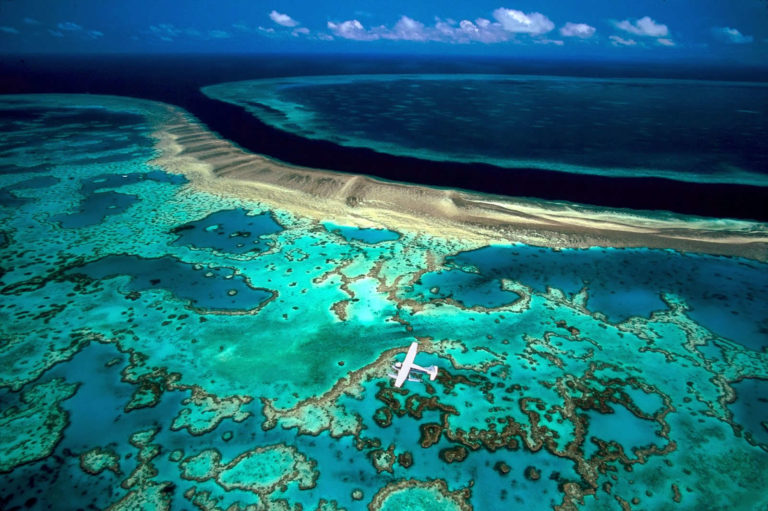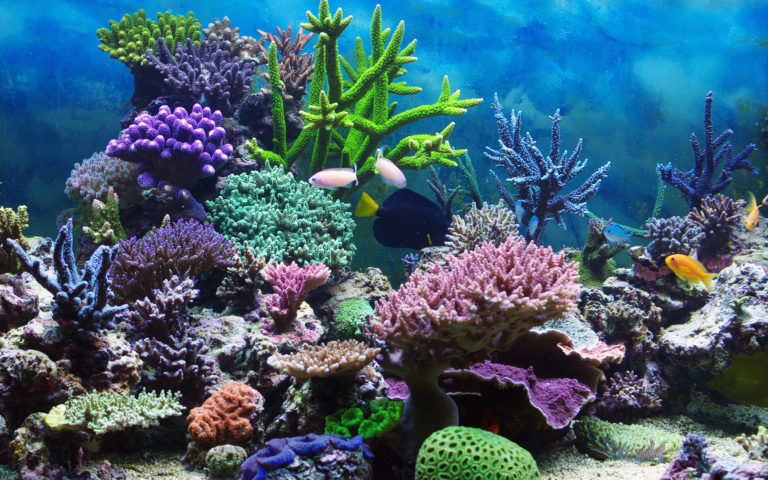Fascinating Facts About the Sahara: The World’s Largest Hot Desert
Stretching from the Mediterranean Sea in the north to the Red Sea in the east, the ever-expanding Sahara dominates much of North Africa. Its vast dunes, scorching climate, and mysterious landscapes have captivated people for centuries. Known worldwide as the largest hot desert on Earth, the Sahara draws thousands of curious travelers every year.
Below are some of the most remarkable facts about this extraordinary desert.

The World’s Largest Hot Desert
Although the Sahara is often labeled the largest desert in the world, that title technically belongs to Antarctica. Still, the Sahara holds the record as the largest hot desert, covering approximately 9 million square kilometers—about 31% of the entire African continent.
It spans across Algeria, Chad, Egypt, Libya, Mali, Mauritania, Niger, Western Sahara, Sudan, and Tunisia. What’s even more striking is that the Sahara continues to grow year after year.

A Land of Extreme Climate
Life in the Sahara revolves around extremes. Daytime temperatures can soar to 50°C, while nights often plunge below freezing. Powerful northeastern winds frequently whip up intense sandstorms that can travel for hundreds of miles.
Rainfall is just as unpredictable. Most of the Sahara receives less than 250 mm of rain annually, while a few regions can reach up to 1000 mm, though even this is rare.
The Tallest Peak: Emi Koussi
Rising 3,415 meters above sea level, Emi Koussi is the highest point in the Sahara. This extinct volcano sits in the Tibesti Mountains of northern Chad, an area known for its rugged beauty and remote landscapes.

Yes—It Sometimes Snows in the Sahara
One of the most surprising things about the Sahara is that snow does fall here. High-altitude regions and mountain ranges—such as the Atlas Mountains—often receive snow during winter.
Geographically, the Sahara is more than endless sand; it contains vast rocky plateaus, volcanic peaks, and hidden waterways. Underground rivers emerge as life-sustaining oases, and geological evidence reveals that a massive lake once existed beneath the desert, spanning more than 42,000 square miles.

Rivers and Lakes
Only two permanent rivers cut through the Sahara: the Nile and the Niger. Despite this scarcity, the desert is rich in underground aquifers—huge reserves of water trapped beneath the surface.
The Sahara also contains about 20 lakes, yet only one holds fresh water: Lake Chad, a shallow body that expands and contracts dramatically depending on rainfall.
Plant Life: Tough, Resilient, and Ingenious
Surprisingly, the Sahara is home to around 1,200 plant species, including succulents, shrubs, hardy grasses, and drought-tolerant trees. Many can survive extreme heat, long dry spells, and even salty soil.
One of the most intriguing species is the resurrection plant, which can survive over 100 years without water. It shrivels into a dry ball, tumbles across the desert until it finds moisture, and then springs back to life with fresh green shoots.

Amazing Animals of the Sahara
Despite harsh conditions, the Sahara supports an impressive array of wildlife. Many of these animals are found nowhere else on Earth. Among the most iconic species are:
-
Dromedary camels
-
Dorcas gazelles
-
Addax antelopes
-
Fennec foxes
-
Deathstalker scorpions
-
Ostriches
-
Monitor lizards
-
Horned vipers
Fossils discovered in the region also reveal that prehistoric creatures once thrived here, including dinosaurs such as Jobaria, Afrovenator, and Ouranosaurus, as well as ancient crocodile species.

People of the Sahara
Fewer than 2 million people live in the Sahara today. Most reside in small communities near water sources, while others belong to nomadic tribes that migrate seasonally in search of pasture and resources.
Archaeologists believe the Sahara was once far more habitable. Ancient cave art and artifacts show that humans lived here in larger numbers when the climate was cooler and wetter.
A Green Sahara: The Desert’s Surprising Past
Around 8,000 years ago, the Sahara was a lush landscape filled with grasslands, lakes, and wildlife. This period, often called the Green Sahara, supported a thriving ecosystem—and even early human civilizations.
As Earth’s climate shifted, the region gradually dried out, transforming into the desert we know today.

Not Just Sand: A Landscape of Dunes and Gravel
While many imagine the Sahara as an endless ocean of dunes, sand actually covers only 30% of the desert. The remaining 70% consists of gravel plains, rocky plateaus, and mountain ranges.
Still, the sand dunes that do exist can be breathtakingly massive, towering over 120 meters (400 feet) in some places.











Как же красива пустыня, и вто же время страшна. Завораживают ее бескрайние просторы и пугает осознание того, что природа сильнее тебя. Большое уважение тем людям, что живут там, точнее выживают.